
views
What is the lead paint stare?
The lead paint stare refers to a blank look caused by lead exposure. Popularized by TikTok videos that poke fun at the older generations who grew up being exposed to lead paint, the “lead paint stare” is a joke about the tendency of older people to stare in a kind of uncomfortable, empty way for prolonged periods of time. The joke implies that people who stare like this were exposed to toxic levels of lead paint growing up. What does the lead paint stare supposedly look like? That’s part of the fun of the meme! While the “traditional boomer stare” involves opening your eyes an uncomfortable amount, there can be all kinds of different looks based on the joke. The lead paint stare memes are poking fun specifically at older folks. Boomers and the latter half of Gen-X are the primary target of most of these jokes, although there are occasionally some self-deprecating memes from younger people out there. The original lead paint stare meme took off in 2024. Posted by user @thejarrodbenson, the first “lead paint stare” meme blew up in 2024. The TikTok memes have been popular ever since.
The Basis of the Lead Paint Theory
The theory suggests a lot of typical “boomer” behavior is due to lead poisoning. Lead is a neurotoxin that directly damages the brain when it is ingested in large amounts. Unfortunately, lead was a very common ingredient in paint, pipes, and gasoline until the 1970s (lead paint wasn’t banned until 1978). Since lead poisoning is most common and most potent when it impacts children, anyone born before 1979 is likely to have been exposed. The “lead paint theory” posits that the archetypal boomer behavior (believing conspiracy theories, getting upset easily, complaining, etc.) is a byproduct of damage from lead paint. The “lead paint stare” jokes are one type of joke in the “lead paint theory” genre. There are memes about lead paint in old MacDonald’s cups, comedic documentaries about conspiracy theorists eating lead paint, and popular Harold memes that reference lead. The “stare” jokes are just really in right now.
Is the lead paint stare based in fact?
A weird stare is not an official symptom of lead exposure. When looking for the symptoms of toxic lead exposure, medical professionals do not have “blank expression” or “staring a lot” as evidence on their checklist. Here are the typical medical symptoms associated with lead poisoning: Intellectual disability and learning difficulties Irritability Sluggishness Hearing loss Headaches Difficulty with memory or concentration Mood disorders
That said, strange stares have been seen in people with toxic lead levels. While it is not a commonly listed as a official symptom, medical experts have noted that people who were poisoned by lead tend to lose focus, space out, and react slowly to things, so a “strange stare” certainly seems like an appropriate side effect of lead poisoning, even if it isn’t an “official” symptom.
All things considered, the “lead paint stare” logic makes sense. Given the symptoms and anecdotal evidence from medical professionals, the premise behind the “lead paint stare” makes sense. There is no single conclusive answer, and more research is being done all the time, but there is some evidence that lead paint theory may be true—even if it started out as a bit of a meme. Here are the key points: Generations exposed to lead have more mental health issues. Studies have demonstrated that roughly 151 million cases of psychiatric disorder have been directly linked to lead paint exposure as a child. A large number of older adults have been exposed to toxic lead levels. As of 2015, 170 million U.S.-born people had been exposed to a dangerous level of lead at some point. Of that 170 million, 90% of them were born between 1950 and 1981. Crime rates fell dramatically after lead was banned. Depending on how you measure crime, it appears that removing lead from paint, gas, and appliances helped drop the crime rate 6-20%.
Why Lead Paint Stare Memes Are So Popular
Millennials and Gen Z enjoy their surreal humor. If there’s anything that younger people enjoy today, it’s really strange memes. Even in the past 10 years alone, memes have gotten really bizarre. The lead paint stare memes—which involve people basically just making silly faces and staring in silence—play nicely into the current comedic environment.
It’s common for younger people to “punch up” at older people. There’s no question that older generations after World War 2 had an easier time “making it” than younger people today. They had basically zero tuition costs for school, so no student debt, and their wages were higher on a relative level while they enjoyed more prosperity and fewer recessions. As a result, memes that poke fun at older people have really taken off the past decade or so, and the “lead paint stare” memes fall into that category. The “Ok boomer” jokes are perhaps the most prominent and direct example of this phenomenon. The fact that older generations may have had it easier as a whole does not mean that every old person was just handed everything they have, just FYI.
Understanding Generational Humor
It's pretty normal for every generation to poke fun at the other generations. While it might sound like this is a particularly rude behavior, it’s actually kind of a universal thing. Every generation razzes the younger and older generations. Millennials and their avocado toast, Gen Z and their addiction to social media, Gen Alpha and their dumb skibibi memes, everybody catches a stray now and then, so don’t take it personally, boomers! That said, it is totally reasonable to get a little bit annoyed if you feel like you’re always the butt of a joke. Just try to take it in stride!










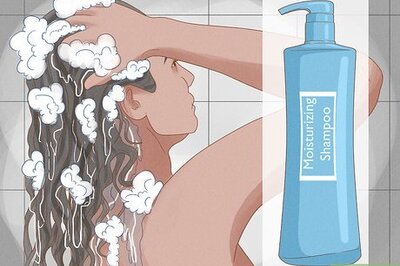



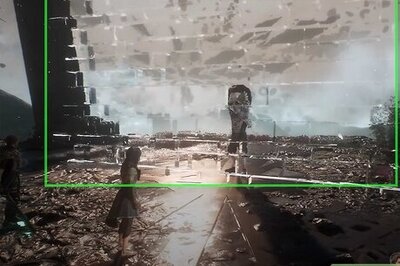
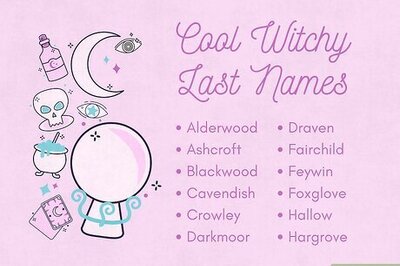
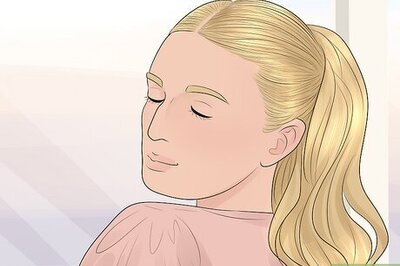
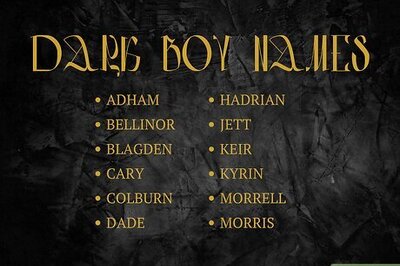
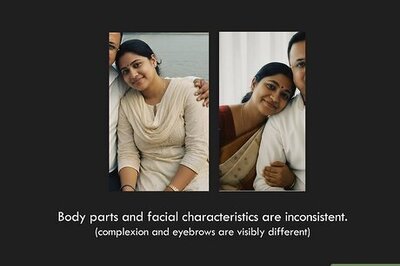
Comments
0 comment